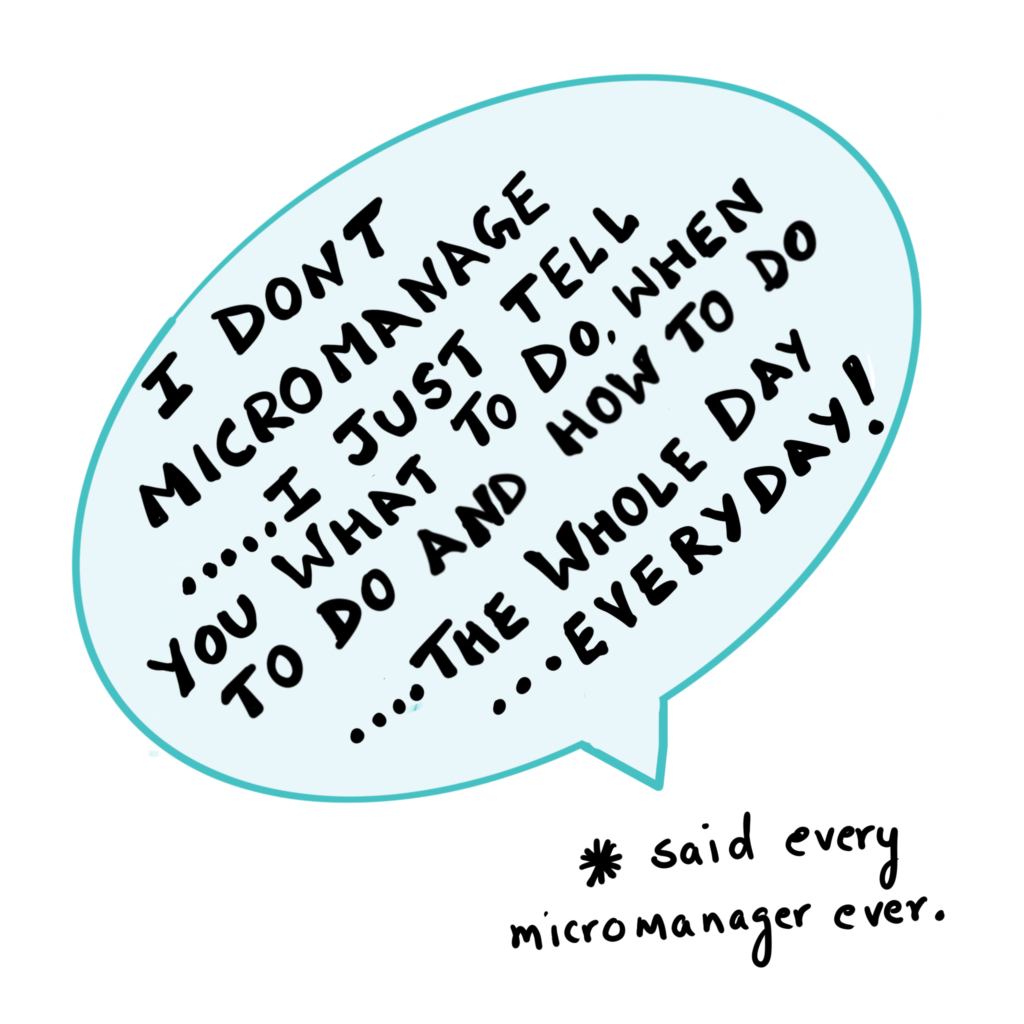Micromanagement is bad. For business. And employee morale.
And because the term micromanagement has such a bad reputation, the fear of coming across as a micromanager makes leaders wary of asking too many questions.
If you are one of those who are struggling to walk the fine line (and there is a line) between “micro-management” and “attention to detail” this article is for you.
Difference between Micromanagement And Attention To Detail
Micromanagement is a form of control where a manager becomes overly involved in the daily activities of their employees including those that the employee should be ab;e to do on their own. It typically involves close supervision, frequent check-ins, and a lack of trust in employees’ decision-making.
Attention to detail, on the other hand, involves actively looking for ways to improve processes and procedures. It prioritizes accuracy and is focused on achieving quality results.
The key difference between micromanagement and attention to detail is the level of control.
Micromanaging can stifle creativity, discourage risk-taking, and cause employees to become passive and disengaged. It involves a lot of “telling people how to do” everything,
Attention to detail, on the other hand, encourages learning, fosters creativity, and leads to more efficient processes while at the same time holding people accountable for quality, timelines and specifications of the outcome needed.
The sad truth is that most micromanagers are just leaders trying to get the best outcomes for the organizations
Shifting from micromanaging to showing attention to detail:
- Clearly define the What (expected outcomes, quality standards and timelines)
- Provide autonomy to employees to work on the How(create a plan, identify people involved)
- Review the plan and share your input while being open to new ideas and opinions
- Ensure employees have the resources they need to do the job.
- Ask if they need help.
- Review progress at regular intervals.
- Avoid jumping in to solve everything. Instead encourage employees to come up with solutions.
Moving from micro-management to attention to detail creates an environment where employees learn and feel empowered while still being held to a high standard of quality and accuracy.
This balance creates an efficient, productive, and successful team.

